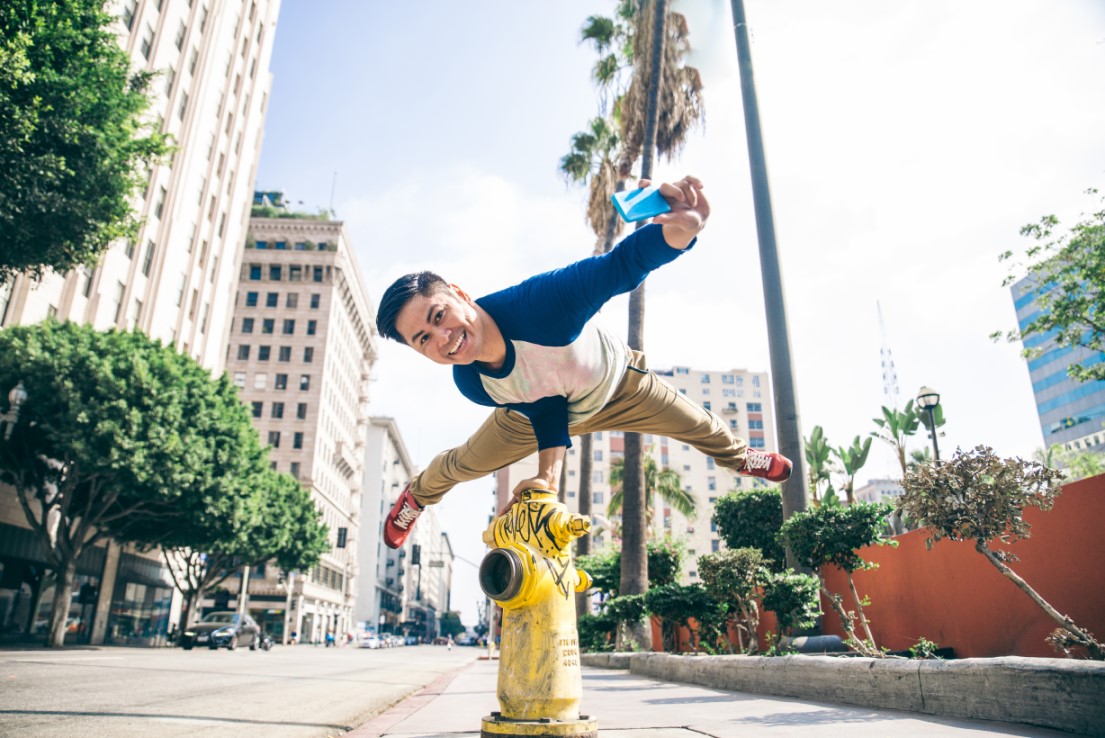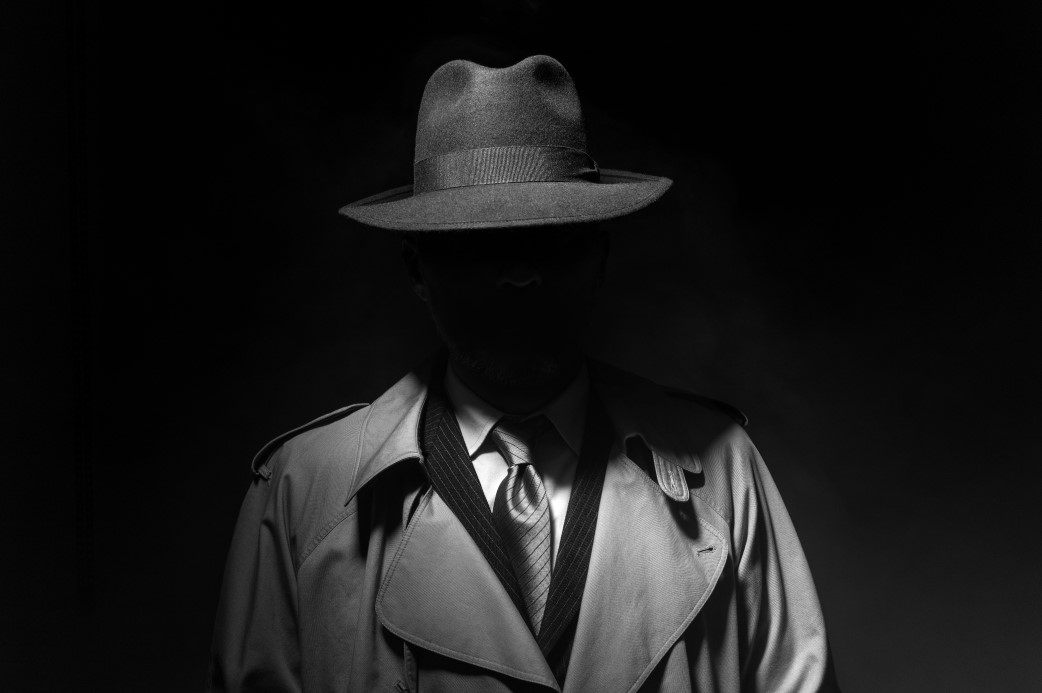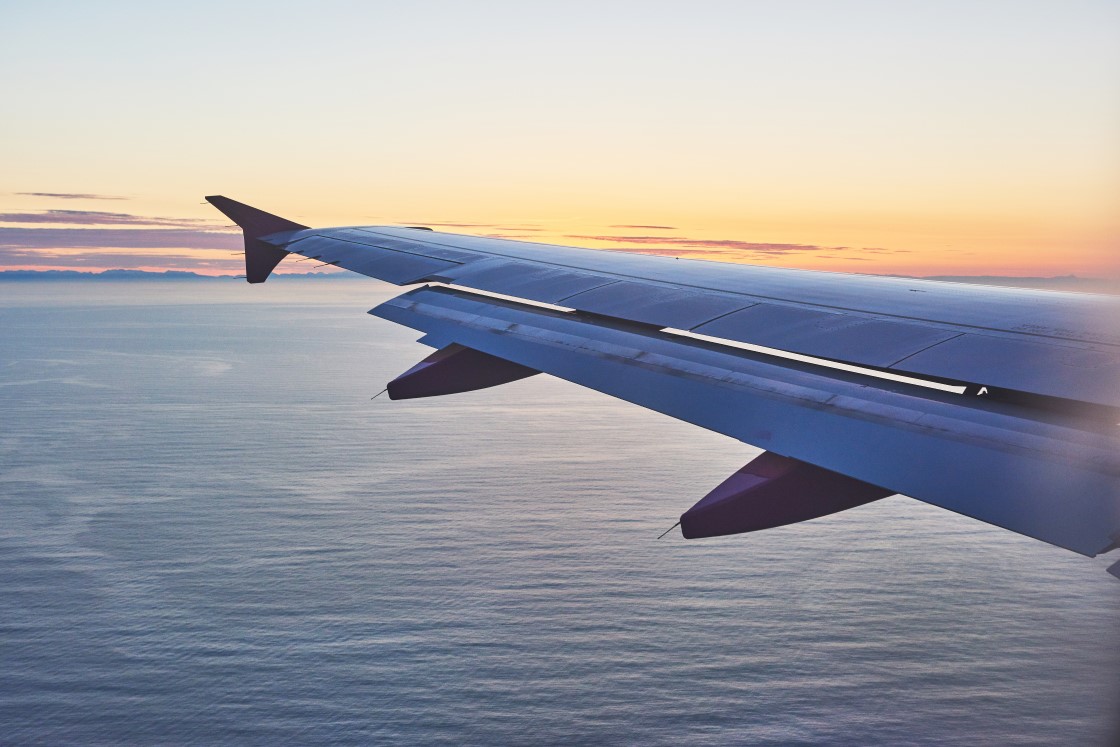In the Summertime . . .
Summertime simply means more music in our lives. It could be driving with windows down or sunroof open which causes us to play music instead of listening to podcasts and news. With weekend getaway trips and vacations, we want to hear familiar and favorite songs. Maybe we are anticipating the upcoming outdoor concert and want to tune up. Summer music just makes us feel better and keeps us in a good mood.
And, our Summer music is different than our perennial favorite songs. Try this: make a list of your ten favorite songs which you would gladly listen to over and over. Then make a list of your ten favorite Summer songs which make you feel good during the hotter months. For most everyone, I suggest there would be little cross-pollination between these lists.
I made a list of my top Summer songs and quickly recognized that they fell into distinct categories. The list includes classic summertime songs which would be included in any Billboard Greatest Summer Songs List. But, for me, the list surprisingly included many songs that had nothing to do with Summer except some Summer association in my own mind. I have ordained these non-seasonal songs as part of my own Summer songs for some reason.
So, here are my categories of Summer songs and some reasons why, for me at least, they relate to June, July and August.
Ode to Summer
This category is the simplest to explain and understand. These songs ooze Summer with many appearing on that Billboard Hits of Summer list.
Zac Brown Band: Island Song
The Drifters: Under the Boardwalk
Cheryl Crow: Soak Up the Sun
Blotto: I Wanna Be a Lifeguard
Ottis Reading: Sittin’ on the Dock of the Bay
For this classic Summer feel, the song need not be excessively high energy, although Blotto’s Lifeguard classifies as such. Summer can be captured with a chill out vibe. The whistling in Sittin’ on the Dock of the Bay makes you long for a lazy afternoon just taking in all that surrounds. There is no agenda for Summer.
Summer Feel Good
These songs were not entirely or necessarily about Summer. Yet, during the Summer, these songs just sound better. They make you bop along with their upbeat and ever carefree nature. They may sound good in other months, but they make you feel good in the Summer season. For me, this group includes:
Martha and the Vandellas: Dancing in the Streets
B-52s: Love Shack
Katrina and the Waves: Walking on Sunshine
They Own Summer
These artists, through their music, are eternally linked to Summer. You could easily pick among a dozen or more of their songs as feel good Summer songs. But each list must have limits:
Jimmy Buffet: Changes in Latitudes, Changes in Attitudes
Bob Marley: One Love
The Beach Boys: Kokomo
Not The Beach Boys, but the choice of Kokomo is the most surprising for me on the entire list. I honestly think that Kokomo is a fairly bad, trite song. The lyrics are shallow. Yet, when I hear it, I find myself bouncing along to the melody. For all the logical reasons not to like the song, Kokomo transports you to Summer all over tropical landscapes.
Time and Place
This category has nothing to do with Summer, but everything to do with summertime in my mind. These songs would differ on each person’s own list as personal to him or her.
Meatloaf: Paradise By the Dashboard Light
Bruce Springsteen: Sherry Darling
When I hear Paradise By the Dashboard Light, I am transported back to 1980s Summer Monday afternoons at Mary’s Husband’s Pub down the Jersey Shore. Summer Monday afternoons meant Turtle Races at Mary’s Husband’s which served as an excuse to miss work and drink beer during the daylight hours. The DJ played a well-worn playlist of crowd favorites with Paradise among one of the last songs. When Paradise played, the upstanding, fine young gentlemen would dutifully serenade the women in conjunction with Meatloaf with tales of unending love:
“I couldn’t take it anymore when the feeling came upon me like a tidal wave
I started swearing to my god and on my mother’s grave
That I would love you to the end of time
I swore, I would love you to the end of time.”
With both the girls and boys concluding by screaming at each other:
“So, now I am praying for the end of time
To hurry up and arrive
‘Cause if I gotta spend another minute with you,
I don’t think I can really survive.”
Ahh. America’s future doctors, lawyers and investment bankers busy on a Summer Monday afternoon.
Sherry Darling is a different tale. My buddies and I were diehard Springsteen fans long before it was fashionable to be fans of The Boss. I lost track of the number of times I saw Springsteen play during the 1980s. For some reason, I distinctly remember Bruce playing the band favorite, fun, upbeat, “Get the girl and get outta here” Sherry Darling at every Summer concert. I am fairly certain that Springsteen surely played that song at some point when I saw his shows in the other three seasons, but I cannot recall one such instance. For me, Sherry Darling embodies all the joy and camaraderie of attending Springsteen concerts with my friends in the Summer.
Whether a true Summer classic, a Summer feel good song, or a “take me back to a special time and place” ballad, what is on your own Summer music list?




